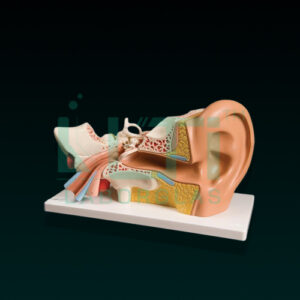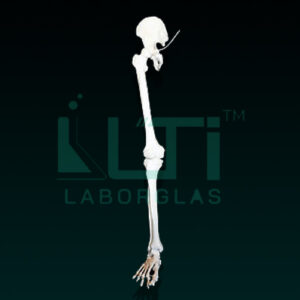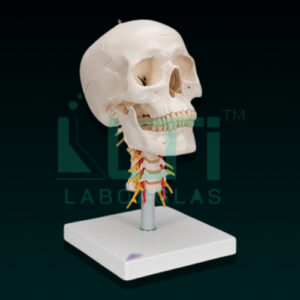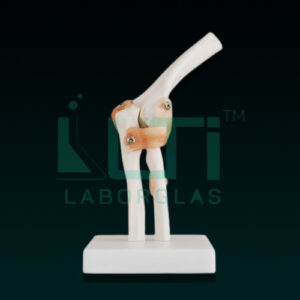- Made of fiber glass on MDF board.
- Each model size 60 x 45cm.
| PART No. | Models |
| 10412-A | Plant cell |
| 10412-B | Germination of seed |
| 10412-C | Fertilization & angiosperms |
| 10412-D | Plant cell meiosis |
| 10412-E | Plant cell mitosis |
| 10412-F | L.S. flower |
| 10412-G | L.S. Ovary |
| 10412-H | T.S. Monocot Root |
| 10412-I | T.S. Monocot Stem |
| 10412-J | T.S. Monocot Leaf |
| 10412-K | T.S. Dicot Stem |
| 10412-L | T.S. Dicot Root |
| 10412-M | T.S. Dicot Leaf |
| 10412-N | Root Tip |
| 10412-O | Life Cycle: Moss |
| 10412-P | Life Cycle: Fern |
| 10412-Q | Life Cycle: Fungus |
| 10412-R | Spirogyra |
| 10412-S | Pitcher Plant |
| 10412-T | Funaria Plant |
Botany models serve educational, scientific, and research purposes by providing visual representations of plant structures and processes. Here’s a brief overview of their uses:
- Botany Education: Used for teaching botany, allowing students to study plant structures, reproductive processes, and various botanical features.
- Plant Physiology Studies: Beneficial for plant physiology education, illustrating the internal processes and functions of plant organs.
- Research Reference: Used in research settings to study plant anatomy, morphology, and developmental processes.
- Ecology Education: Practical for teaching ecology and plant interactions within ecosystems, showcasing plant adaptations and relationships.
- Agricultural Training: Relevant in agricultural education to understand plant growth, reproduction, and factors influencing crop yield.
- Environmental Science: Applied in environmental science education to illustrate the role of plants in ecological balance, carbon cycling, and oxygen production.
- Herbarium Displays: Displayed in herbariums and botanical collections to showcase three-dimensional representations of plant specimens.
- Museum Exhibits: Used in botanical museums and exhibits to enhance public understanding of plant diversity, anatomy, and ecological importance.





